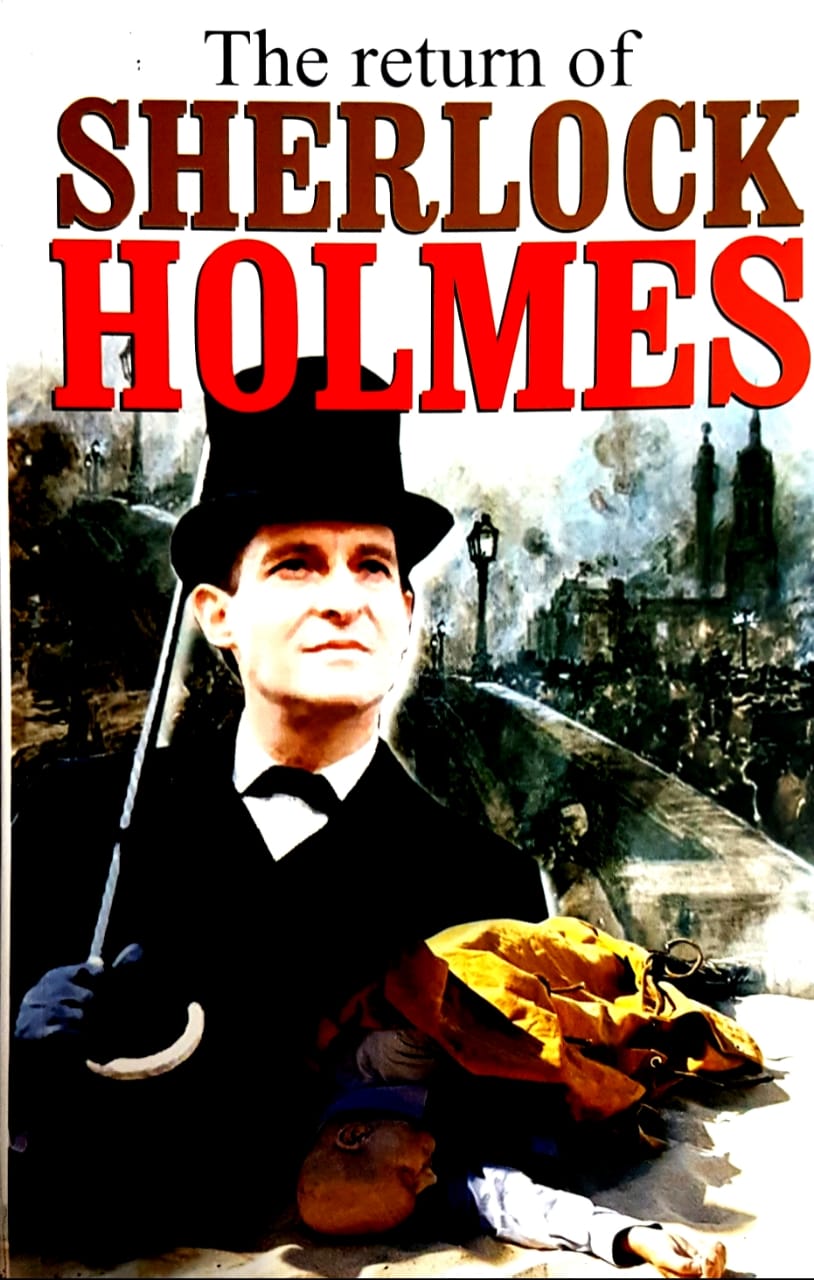

Holmes remained a popular figure into the 21st century.

By popular demand, Conan Doyle resurrected his detective in the story “The Adventure of the Empty House” (1903). Popular outcry against the demise of Holmes was great men wore black mourning bands, the British royal family was distraught, and more than 20,000 readers cancelled their subscriptions to the popular Strand Magazine, in which Holmes regularly appeared. Throughout the four novels and 56 short stories featuring Holmes, a number of characters recur, including the bumbling Scotland Yard inspector Lestrade the group of “street Arabs” known as the Baker Street Irregulars, who are routinely employed by Holmes as informers his even wiser but less ambitious brother, Mycroft and, most notably, his formidable opponent, Professor James Moriarty, whom Holmes considers the “Napoleon of crime.”Ĭlaiming that Holmes distracted him “from better things,” Conan Doyle famously in 1893 (“ The Final Problem”) attempted to kill him off during a violent struggle on Switzerland’s Reichenbach Falls, both Holmes and his nemesis, Professor Moriarty, are plunged over the edge of the precipice. Holmes appears to undergo bouts of mania and depression, the latter of which are accompanied by pipe smoking, violin playing, and cocaine use. His London abode at 221B, Baker Street, is tended by his housekeeper, Mrs. Watson’s narrations describe Holmes as a very complex and moody character who, although of strict habit, is considerably untidy.


Britannica Classics Check out these retro videos from Encyclopedia Britannica’s archives.Britannica Explains In these videos, Britannica explains a variety of topics and answers frequently asked questions.


 0 kommentar(er)
0 kommentar(er)
